It's a particular issue on UK roads, with a recent survey by National Highways revealing that one in three drivers surveyed admit to middle-lane hogging.
There is even a national campaign broadcasting radio, TV adverts and social media posts targeting lane hoggers and attempting to change their ways.
Here we take a closer look at middle lane hoggers, answering the questions: is it illegal, why do people do it and is it ever justified?
Firstly, what is “middle-lane hogging”?
When driving along a three-lane motorway, rule 264 of the Highway Code states:
“You should always drive in the left-hand lane when the road ahead is clear. If you are overtaking a number of slow-moving vehicles, you should return to the left-hand lane as soon as you are safely past.”
Middle-lane hogging is when vehicles remain in the middle lane longer than necessary, even when there aren’t any vehicles in the inside lane to overtake.
Why is middle-lane hogging bad?
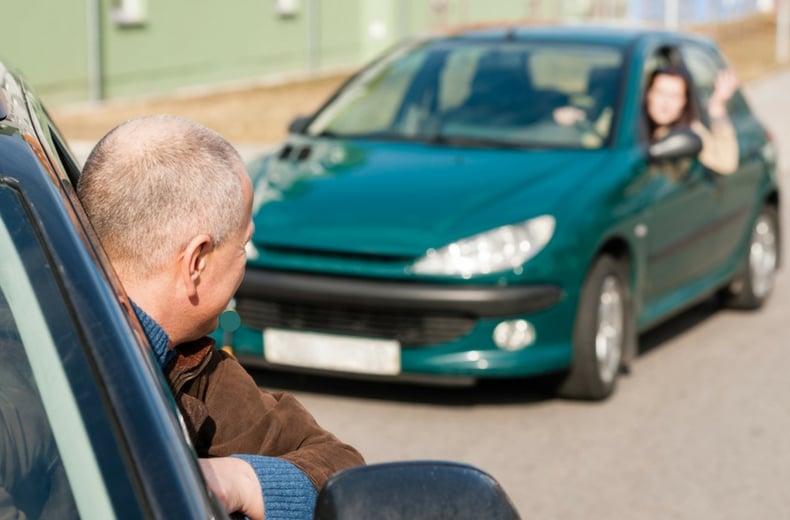
During busy periods, middle-lane hogging can cause congestion as traffic funnels through the outside lane to pass a lane hogger.
If the driver in the middle lane moved over, the same traffic could be split over two lanes, spreading the flow of traffic to prevent it bunching up in the outer lanes.
Many also see staying in the middle lane as selfish, because if someone is correctly following the Highway Code and driving in the inside lane when they catch up with a middle-lane hogger, they then need to move across two lanes to overtake the lane hogger to avoid ‘undertaking’.
This also means the overtaker has to complete four lane changes in total, instead of two.
While aggressive driving and undertaking cannot be justified under any circumstances, middle lane hogging is said to be a primary cause of frustration among motorists, and the resulting actions some drivers take to get around lane hoggers causes danger to all road users.
Why do people middle-lane hog?
There’s no clear reason why people hog the middle lane.
It could be because practical motorway training isn’t part of the UK driving test – meaning drivers haven’t been taught how to drive on the motorway, apart from what they’ve learnt as part of the theory test.
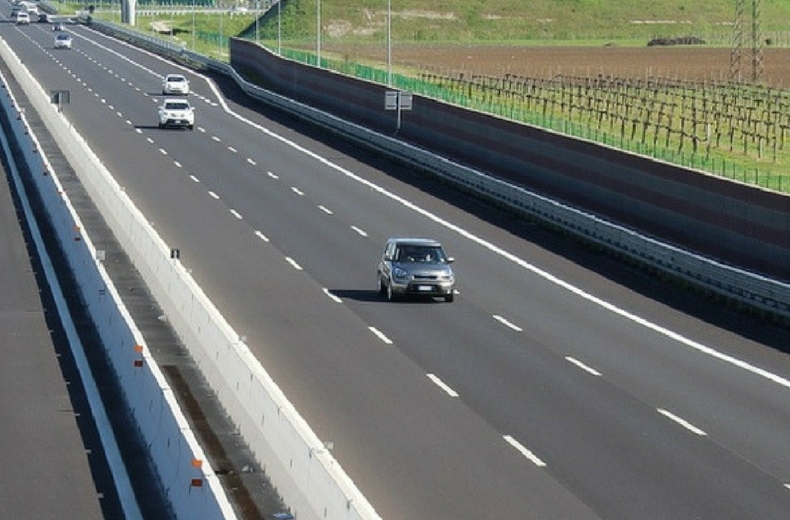
It could also be down to laziness – it’s easier to sit in the middle lane rather than move in and out of the inside lane.
Some drivers will try to justify it by saying they don't want to end up getting caught behind a slow moving lorry, or even that the road surface is worse in the inner (left) lane.
Isn’t it safer sometimes to sit in the middle lane, instead of weaving in and out of traffic?
Changing lanes is one of the riskiest manoeuvres carried out on motorways, but it's a necessary skill.
It’s when you’re most likely to come into conflict with other vehicles – either by missing them in your blind spot, misjudging another car’s speed or moving into a space at the same time as another vehicle.
It might seem logical, then, to remain in one lane on the motorway rather than ‘weaving’ between lanes when overtaking.
It’s true that drivers should avoid excessive weaving. But correct lane discipline is important to encourage the flow of traffic and reduce tailbacks.
Use common sense – if you’ve overtaken a vehicle in lane one and you’re approaching another, you’d normally be right to remain in the middle lane.
Speed is a factor, though: how long will it take for you to catch up with the next vehicle? And are there vehicles behind you waiting to get past?
Excessive weaving should definitely be avoided during periods of heavy traffic.
Often, during times of congestion on smart motorways, the overhead gantries will display advice to ‘stay in lane’.
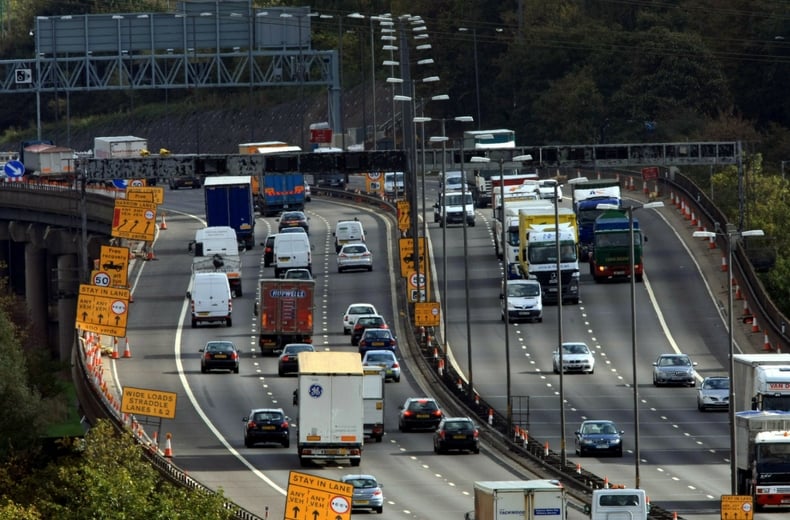
While it might be tempting to switch lanes if others seem to be moving quicker than you, doing so can cause extra congestion if other drivers have to brake to let you in.
If everyone stays in their lanes, congestion will usually ease quicker than if people keep trying to move into the fastest lane. It’s more relaxing for the driver, too.
Is middle-lane hogging ever justified?
We’ve mentioned that middle-lane hogging might be justified during periods of heavy traffic (although in these instances, the inside lane is usually full so it’s not really classed as lane hogging), but there are other times when it’s OK to sit in the middle lane.
One time is when approaching a slip road joining the motorway.
Although technically traffic joining the motorway has to give way to vehicles already on the motorway, it might be wise to move into the middle lane to give cars room to join.
Similarly, if you’ve overtaken a car in the inside lane and are approaching a junction, in some circumstances it might be worth remaining in the middle lane until you’re past the slip road and it’s safe to move over.
If you’re approaching a stranded vehicle on the hard shoulder, it might be worth moving into the middle lane in case any passengers step into the carriageway, or the car pulls out suddenly.
Is middle-lane hogging illegal?
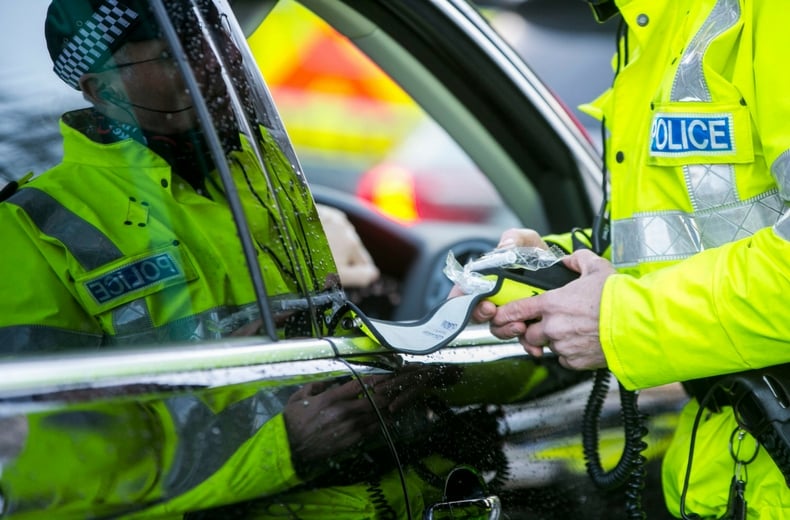
Yes, it is an offence, although it comes under ‘careless driving’, along with tailgating, accidentally running a red light and even being distracted by eating or drinking.
Laws introduced in 2013 give police officers the power to hand out on-the-spot fines of £100 and three penalty points, meaning failing to keep left on the motorway could hit you in the pocket.
What should you do if you see a middle-lane hogger?
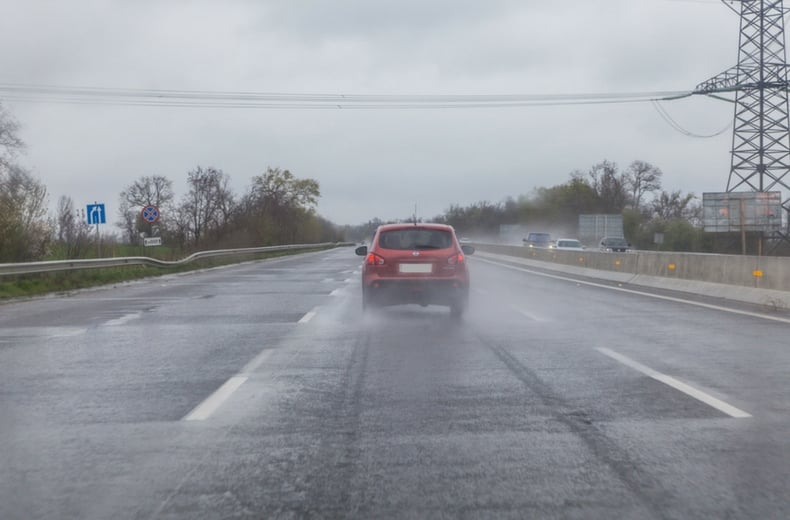
Despite widespread publicity around the fines for careless driving since their introduction in 2013, middle-lane hoggers are still a common sight on UK motorways.
While annoying, you should resist the urge to react because being overcome with road rage is more dangerous than lane hogging.
Avoid undertaking as it is an offence in itself: try to move to the outer lane when safe to overtake.
How can middle-lane hogging be stopped?
The new fixed penalties were intended to reduce the number of people lane hogging and carrying out other acts of careless driving on UK motorways, but it’s still prevalent today.
With the number of traffic police falling, it’s increasingly difficult for police to fine lane hoggers, and it’s not something that can be monitored using cameras in the same way speeding can.
Education, rather than punishment, is a more viable way of reducing the number of lane hoggers in the long term.
Motorway lessons are optional as part of learning to drive, but they aren't mandatory and are not part of the driving test.
If learner drivers were given practical lessons in lane discipline, this would help reduce the number of lane hoggers.
Did you know we offer specialist learner driver insurance? And if you're looking to borrow a car for a short-period of time, you can take our temporary car insurance from 1 hour to 30 days. It only takes 15 minutes to activate.
5 Star Defaqto rated cover
RAC Comprehensive Car Insurance Plus has been given a 5 Star Rating by Defaqto. Get a quote online today.












